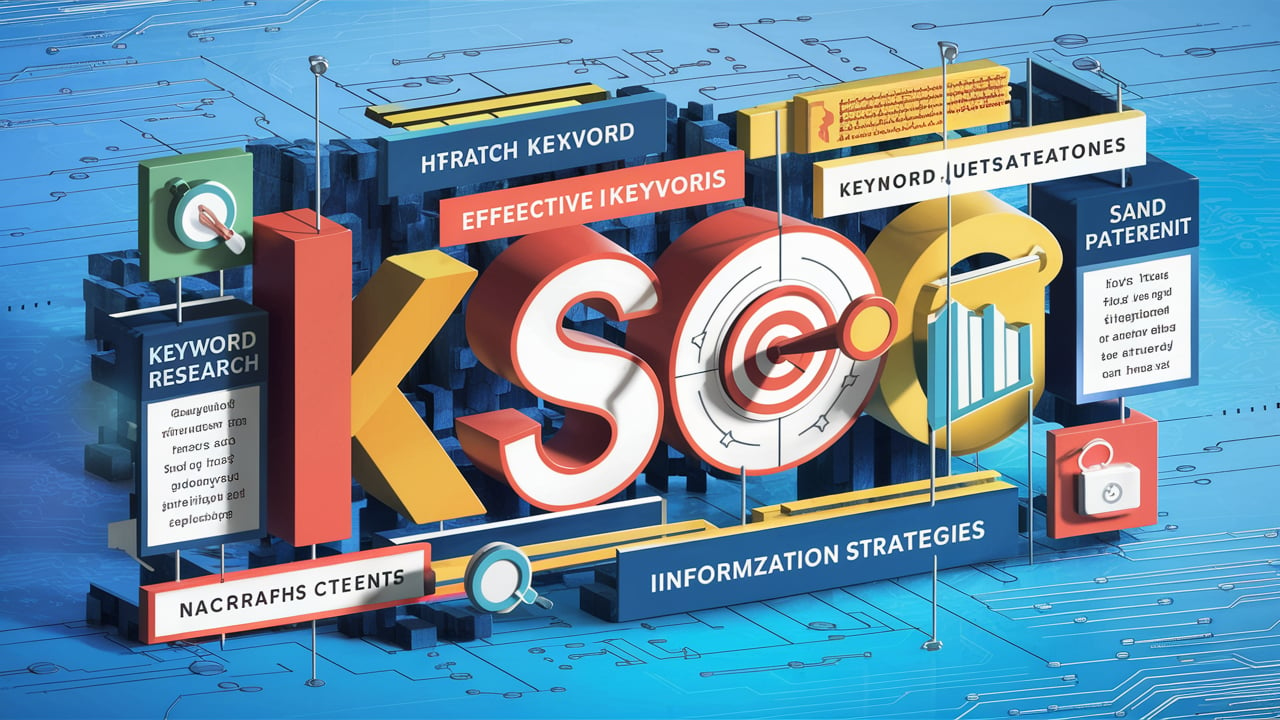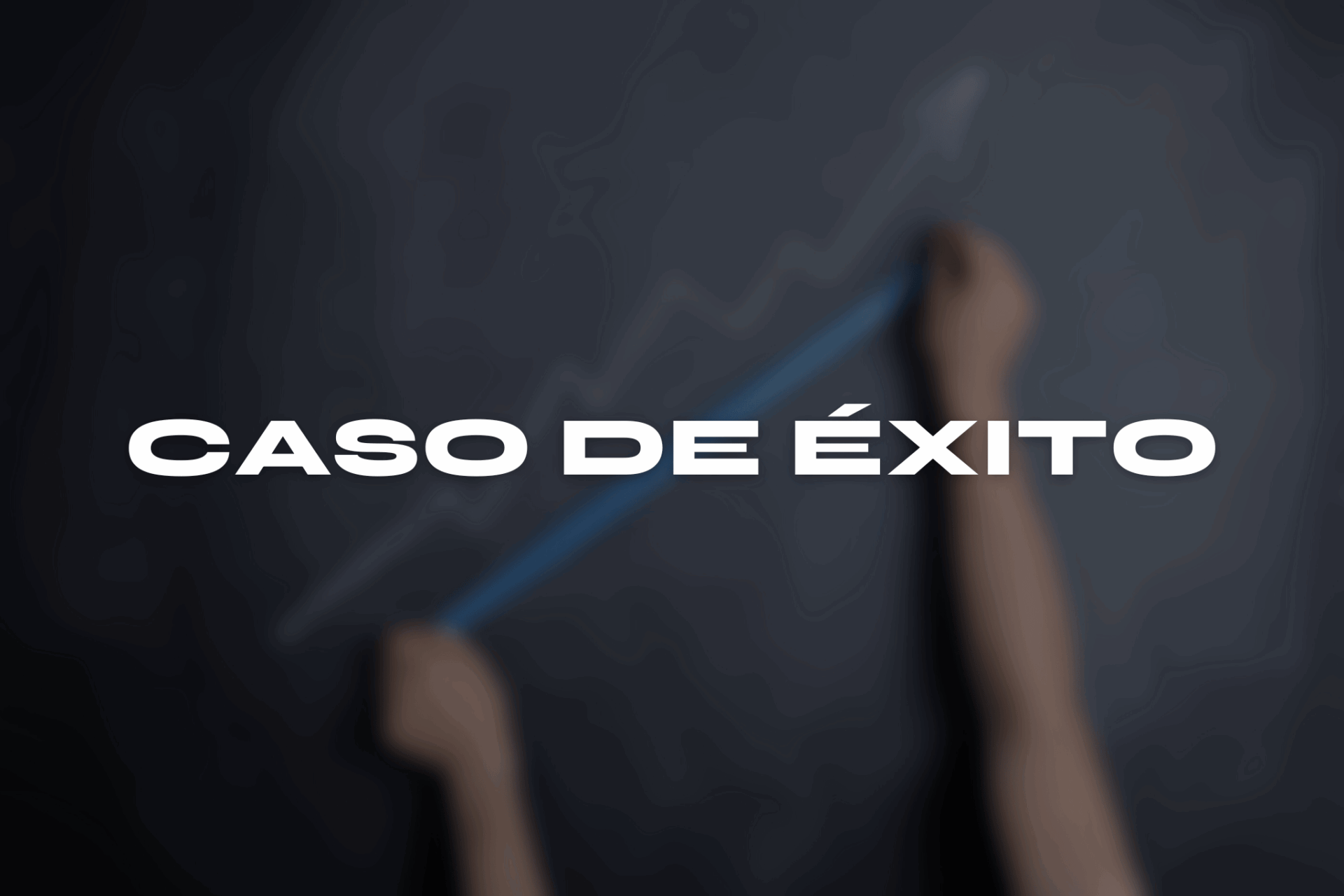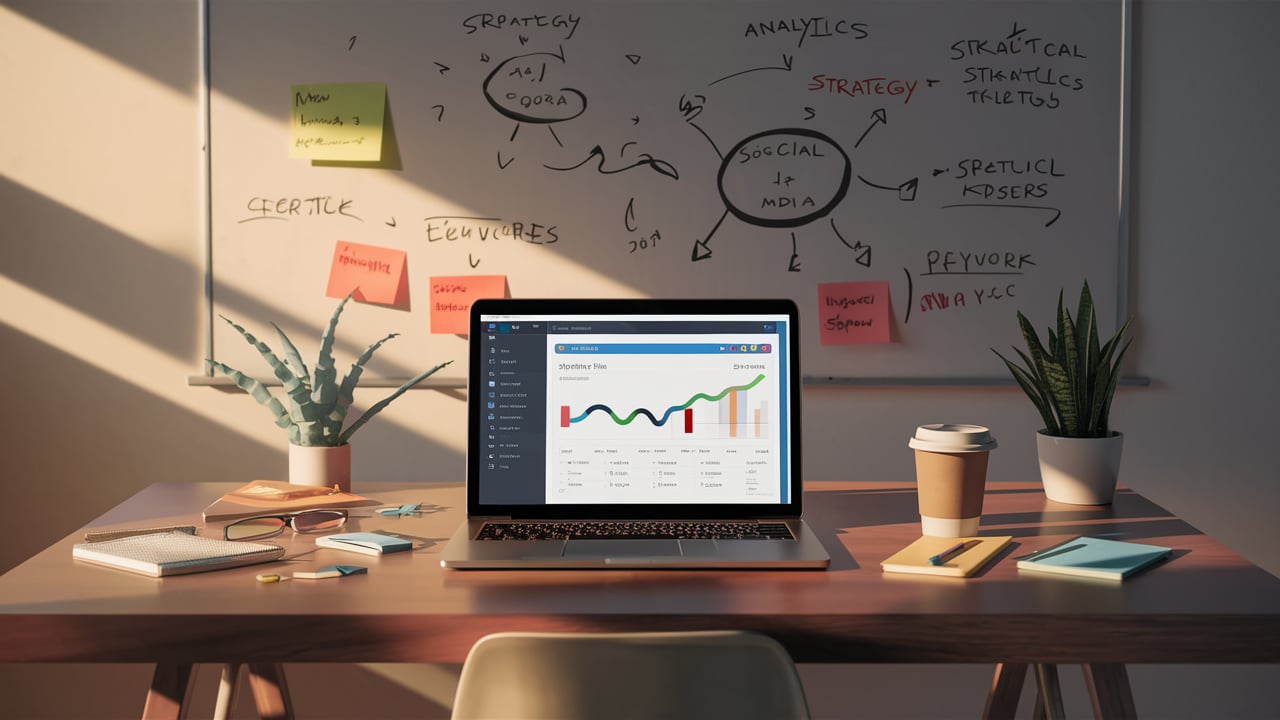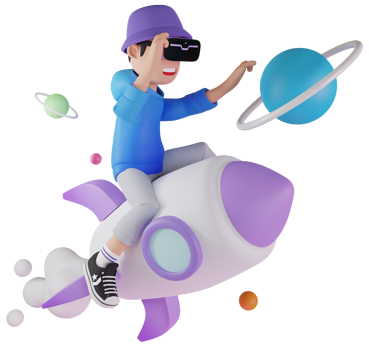The Minimum Viable Product (MVP) is a widely used concept in product development and startups. It is a strategy that seeks to launch a product or service with the minimum features necessary to meet user needs and validate its acceptance or viability before investing additional resources in its full development.

Table of Contents
ToggleWhat are the characteristics of an MVP?
An MVP is characterized as a basic, functional version of a product, including only the essential features to solve the problem or satisfy the user's primary need. These minimum features are typically defined through market research, user analysis, and hypothesis validation.
Advantages of using an MVP
Using a Minimum Viable Product in product development offers multiple advantages for both startups and users:
-
Reduce risks and costsBy launching an MVP, you avoid investing a significant amount of time and money in developing a complete product that hasn't been previously validated. This reduces the risks and costs associated with launching a product that potentially has no market or doesn't meet user expectations.
-
Early validation of ideas: The MVP allows you to obtain real user feedback from the initial stages of development, which facilitates the validation of ideas and the detection of possible improvements or adjustments before investing more resources in the final product.
-
Continuous learning: By launching an MVP, you gain valuable insights into user behavior, preferences, and needs. This feedback allows you to learn and adapt the product iteratively, improving its quality and user experience as new features are added.
-
Faster launch timeBy focusing on developing essential features, a product's time to market is accelerated. This is especially crucial in highly competitive environments, where speed in introducing a product can make all the difference.

Examples of successful MVPs
Over the years, we've seen several examples of successful startups using the MVP concept to validate their business ideas and build successful products. Some notable examples include:
-
DropboxInitially, Dropbox launched an MVP that simply allowed users to upload and share files in the cloud. This minimal version allowed them to validate the need and demand for cloud storage before investing in full product development.
-
TwitterIn its early stages, Twitter was conceived as an internal messaging platform for a startup project. However, the team decided to launch an MVP, opening the platform to the general public, and quickly realized its potential as a social network.
-
ZapposThe renowned online shoe store started as an MVP that simply allowed users to place orders and have shoes delivered to their homes. From this minimal version, Zappos was able to validate market demand and build a full online store.

Conclusion
The Minimum Viable Product (MVP) is a highly effective strategy for product and startup development, as it allows you to validate ideas, reduce risks, and accelerate time-to-market. When building an MVP, it's essential to have a clear understanding of user needs and define the minimum features necessary to meet those needs. Through an iterative approach and continuous learning, it's possible to build successful products and improve their quality over time.
I hope this article has given you a better understanding of what a Minimum Viable Product is and why it's important in product development. If you have any additional questions, please feel free to leave them in the comments.
Frequently asked questions
What is the difference between an MVP and a complete product?
An MVP is characterized as a basic, functional version of a product, while a full product includes all the additional functionalities and features developed after MVP validation. An MVP is used to validate the product's acceptance and viability before investing in its full development.
Is it necessary to develop an MVP for all products?
Developing an MVP isn't necessary for every product, but it can be a very useful strategy, especially for new or innovative products that require early validation and have a high associated risk.
How long does it take to develop an MVP?
The time required to develop an MVP depends on several factors, including product complexity, resource availability, and the development team's planning. In some cases, an MVP can be developed in just a few weeks, while in others it can take months.
How do I get user feedback for my MVP?
There are various ways to gather user feedback for an MVP, such as surveys, interviews, usability testing, and usage metrics analysis. It's important to keep in mind that user feedback should be considered and used to improve the product.
What happens after launching an MVP?
After launching an MVP, it's important to analyze the results and user feedback to identify necessary improvements and develop the next iteration of the product. The iterative development process continues until a complete product is achieved that meets user needs and expectations.






